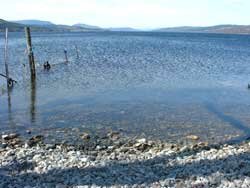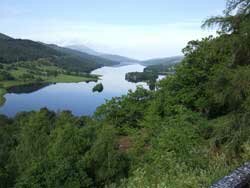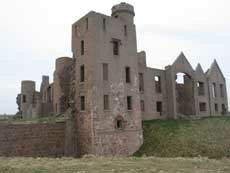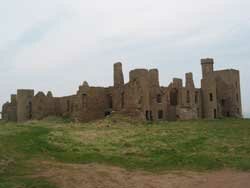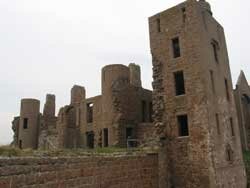|
|
|
|
TOURISM - SCOTLAND EAST
|
| Owing to the huge amount of information our researchers have gathered we have decided to do some of our reports on seperate pages, hopefully this will add to your browsing experience. |
|
Kinloch Rannoch
Kinloch Rannoch is a little village in Perthshire at the eastern end of Loch Rannoch, with fantastic views of Schiehallion.
Slains Castle
Slains Castle is very famous in the list of Scotland's hisorical buildings.
City of Aberdeen
The gem of the east coast of Scotland. Apart from being the oil centre for the North Sea, Aberdeen has a great history.
Peterhead
Peterhead is the most easterly town on the British mainland, is very well known as a fishing port.
Ellon - Aberdeenshire
Ellon is a quiet Aberdeenshire town, but has a fair amount of history to tell.
|
|
| Back to Top |
|
|


